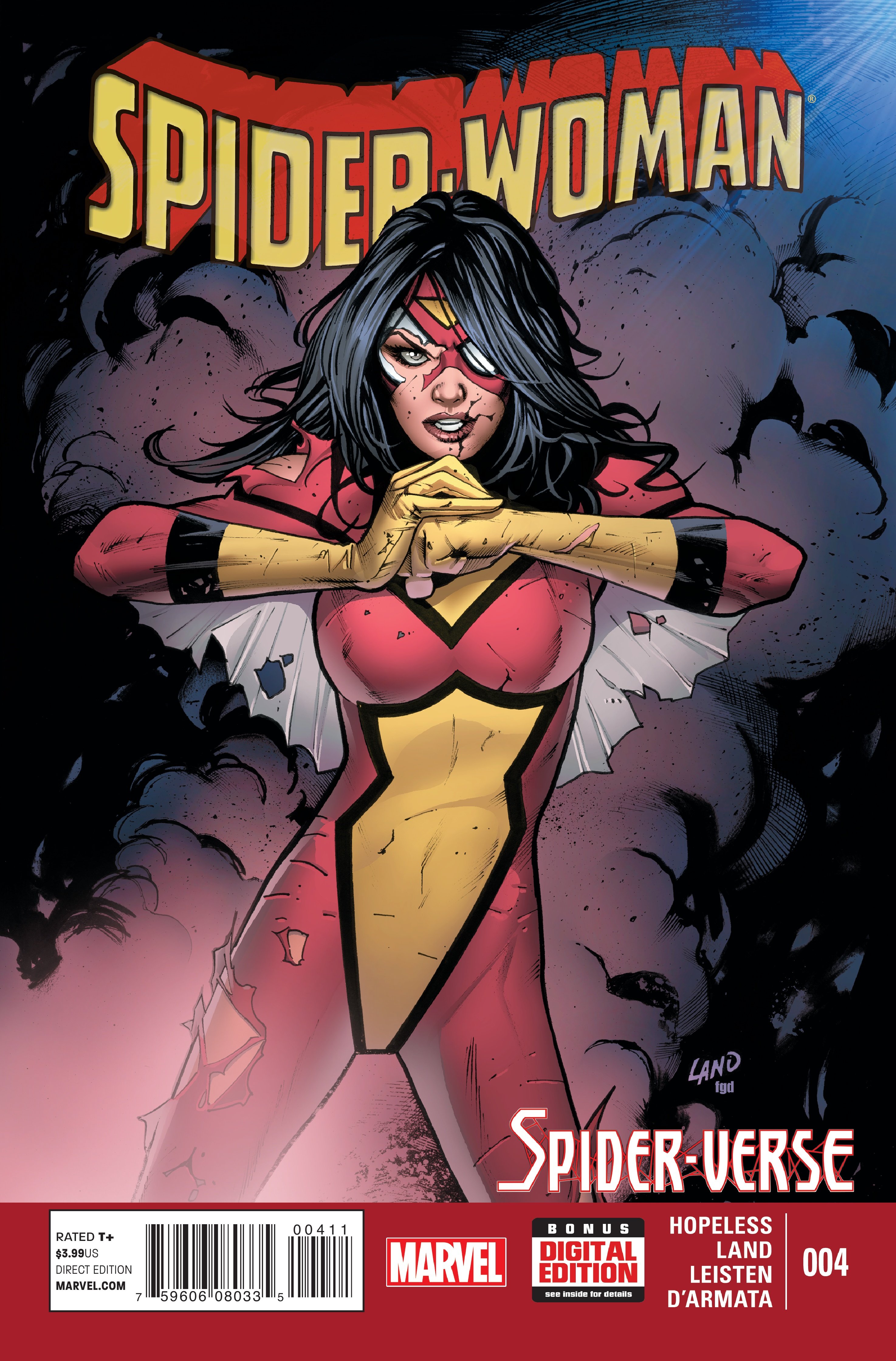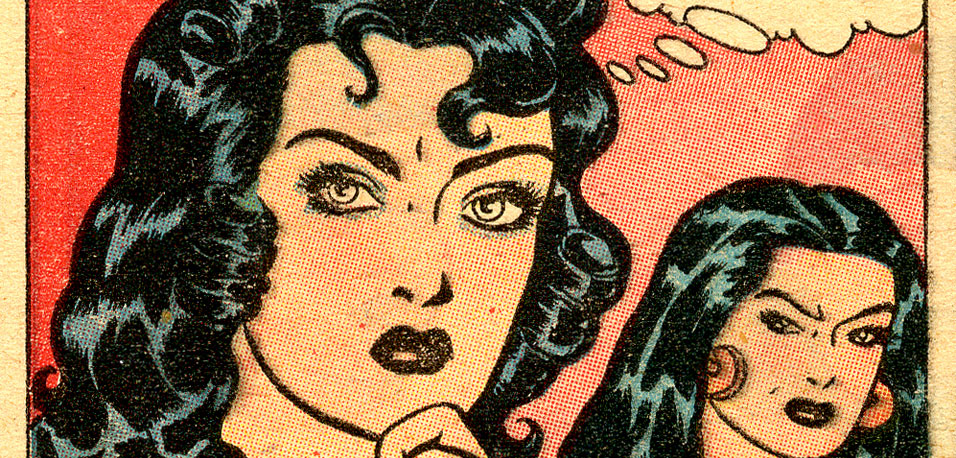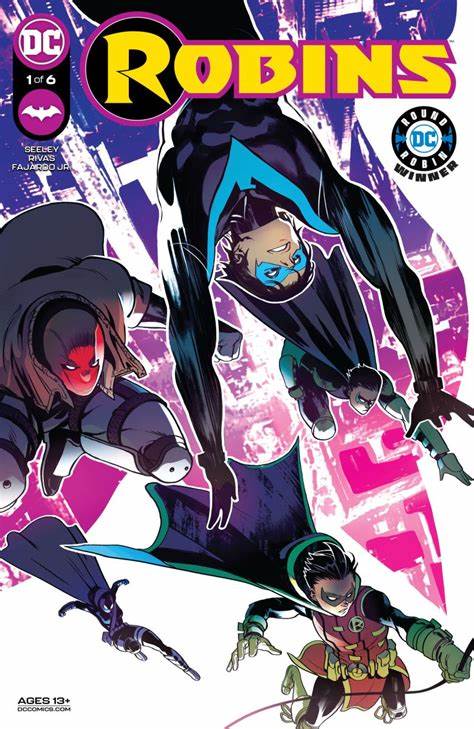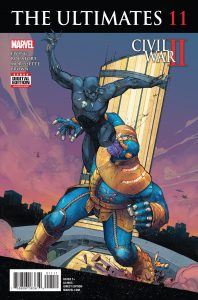
Ultimates #11 Review, or, “The Curse of the Cosmic Guest Artist”
Writer: Al Ewing
Artists: Kenneth Rocafort & Djbril Morissette
Color Artist: Dan Brown
Letterer: VC’s Joe Sabino
Review by: Nate Mondschein (@33andMoonshine)
–Ahead: A smattering of Ultimates #11 SPOILERS —
Through ten issues thus far, Al Ewing and Kenneth Rocafort’s The Ultimates has been something of an exercise in unrealized possibility. Though its first arc ran relatively unimpeded, its back half has been taxed by occasional delays and the narrative burden of Civil War II, which has seemed to disrupt the cosmic expansion promised by its earliest installments.
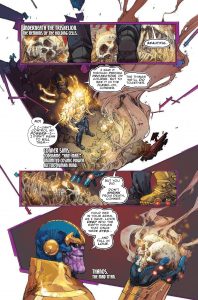
Even so, as we round into the series’ penultimate issue, there is plenty to still enjoy. We open in the wake of Anti-Man’s escape at the encouragement of Thanos, who now surveys the subsequent wreckage with a malevolent smirk. As Conner Sims (who’s playfully judgmental and i-assume-deliberately-misquoting-Aladdin caption reads: “Unlimited Cosmic Power, All-Too Human Mind”) spirals into a frantic lament of his unintentional onslaught, the Mad Titan does his best to up the Hamlet ante, double fisting a pair of still smoldering sculls while diving into a characteristically epic monologue.
In what can only be described as a four-page splash (must be seen to be believed), Thanos confesses a shift in his age-old adorations: Where once he longed to please Death, now he longs for something more. “Perhaps I glimpsed behind her bone-white smile, the possibility of a greater perfection. A perfection that cannot exist—as long as existence is even a concept. I’ve been outside, Conner. I’ve seen the face of pure and perfect Nothing. And I want you to see it too. All of you.”
It’s in these moments of grand proclamation that Ewing really thrives, dancing language around lofty concepts with a sort of rambling precision that affords an expansive feel without any lack of direction. There is a Claremontean quality to it, an omnipotent tone that requests a similarly grandiose artistic partner to truly bring it to life.
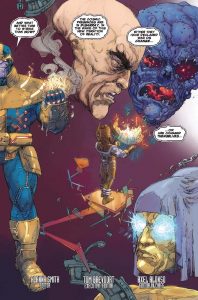
Thankfully, Kenneth Rocafort is an astoundingly gifted artist. And, as is often the case with the most exceptional in a given field, his talent has a distinctive, highly recognizable style, one seemingly form fit to the galactic humanism that Ewing has made a central theme of his narrative. As Thanos continues, cosmic chains reach across the emptiness in which Eternity sits, snaking towards the tri-faced Living Tribunal; above, Chaos and Order grimace as Galactus continues his newfound mission of rebirth. Each of these cosmic entities is delivered with a hurried realism (the sort Rocafort excels at) one which grants an almost tangible, relatable essence to otherwise gargantuan beings.
Unfortunately, this makes it all the more jarring when juxtaposed with the art of Djibril Morissette, who jumps into the fray just as the battle between Thanos and I-Wish-This-Was-Everyones-Favorite-Super-Team begins. While Rocafort tends towards a brand of sketch-realism, lush with nuanced detail yet deliberately rough around the edges, Morissette demonstrates a masterful touch for capturing the physical expressivity of his characters, albeit with a characteristically cartoonish quality that bares little resemblance to their depictions just pages earlier: One Thanos stands before the team, gloating over his escape, and then another jumps into the fray; One Monica makes a direct assault on the Mad Titan, another suffers the consequences.
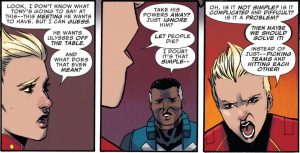
This is not the first time in Ewing’s run that we’ve faced a mid-issue art-swap, but in past instances more care was given to the deployment of those artists in narratively relevant sections: on assigned to our present, another to past events, for example. Here, however, the leaps between have a frantic, misdirected feel, with as many as three jumps in the same number of pages. Momentum is undercut as even paneling format leaps from Rocafort’s off-kilter, color-laden structural breakdown to Morissette’s far more traditional grid, and back again.
To his credit (and that of The Ultimates #11 as a whole), the scenes where Rocafort does take charge are some of the most compelling we’ve witnessed in the eleven issues thus far. Chief among them is Monica’s ultimately misguided attack on Thanos’ brain. His subsequent turning of the tables reveals in a gritty psychedelic assault against a stark, empty background, as the Mad Titan’s larger than life visage hovers overhead. It’s a reminder of the scale on which this team does battle, and the scope of terror their galactic opponents bring to the table.
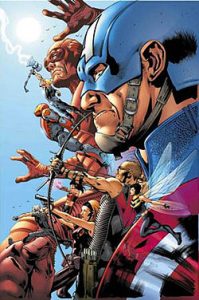
And perhaps that’s the core of it. For better or worse (more often the former), this series has hitched its wagon to a very particular identity, and a very particular narrative scale. Unlike Mark Millar’s original team, for whom the moniker served as more of an ironic contrast to their all-too-human failings, Ewing and Rocafort’s Ultimates are, in scope and scale and ability, truly Ultimate.
Which is not to say without flaw or imperfection: throughout the past eleven issues, some of the most compelling moments have come when Ewing has narrowed the focus and allowed us to sit with our characters as they process their personal inadequacies and trauma. But when the scope of those moments seems to shrink, rather than simply zoom in, the driving contrast between the small human lives of these heroes and the extraglobal scale on which they operate is lost.
Ewing makes as strong an effort to combat this as ever in The Ultimates #11, even in the midst of battle offering us a glimpse into Monica’s internal conflict as prepares for her second confrontation with Thanos: “And this is all I’ve been thinking about for weeks. Go on, Mon. In through his eyes, fry his brain. Prove it works. Prove you could have prevented Jim Rhodes’ death. Prove it’s your fault.” It’s a perfect encapsulation of an incalculable power dealing with the aftermath of her failure to effectively deploy that power to save a friend.
And yet, there is something missing, something in the now muted edges of her light form, the absence of that jagged intricacy we’ve previously seen from Rocafort’s rendition. We are afforded too much room to remember that none of this is real, that these stakes are simply stakes within the confines of front and back cover. The moment cannot sustain itself.
As much is true for this series as a whole: with only one issue left (hopefully penned exclusively by the primary artist), and a second volume (albeit with a different penciler on board) just around the corner, there’s no reason not to see things through to its upcoming conclusion. But it’s a shame that such a seamlessly synthesized creative team was unable to cover the full twelve installments. Maybe next time. Just think of the possibilities.
VERDICT: Buy, even if it’s only for that four page spread. Ewing clearly has more story to tell, and I’ll take whatever Rocafort art I can track down, so gripes aside, no chance I’m jumping ship now.


